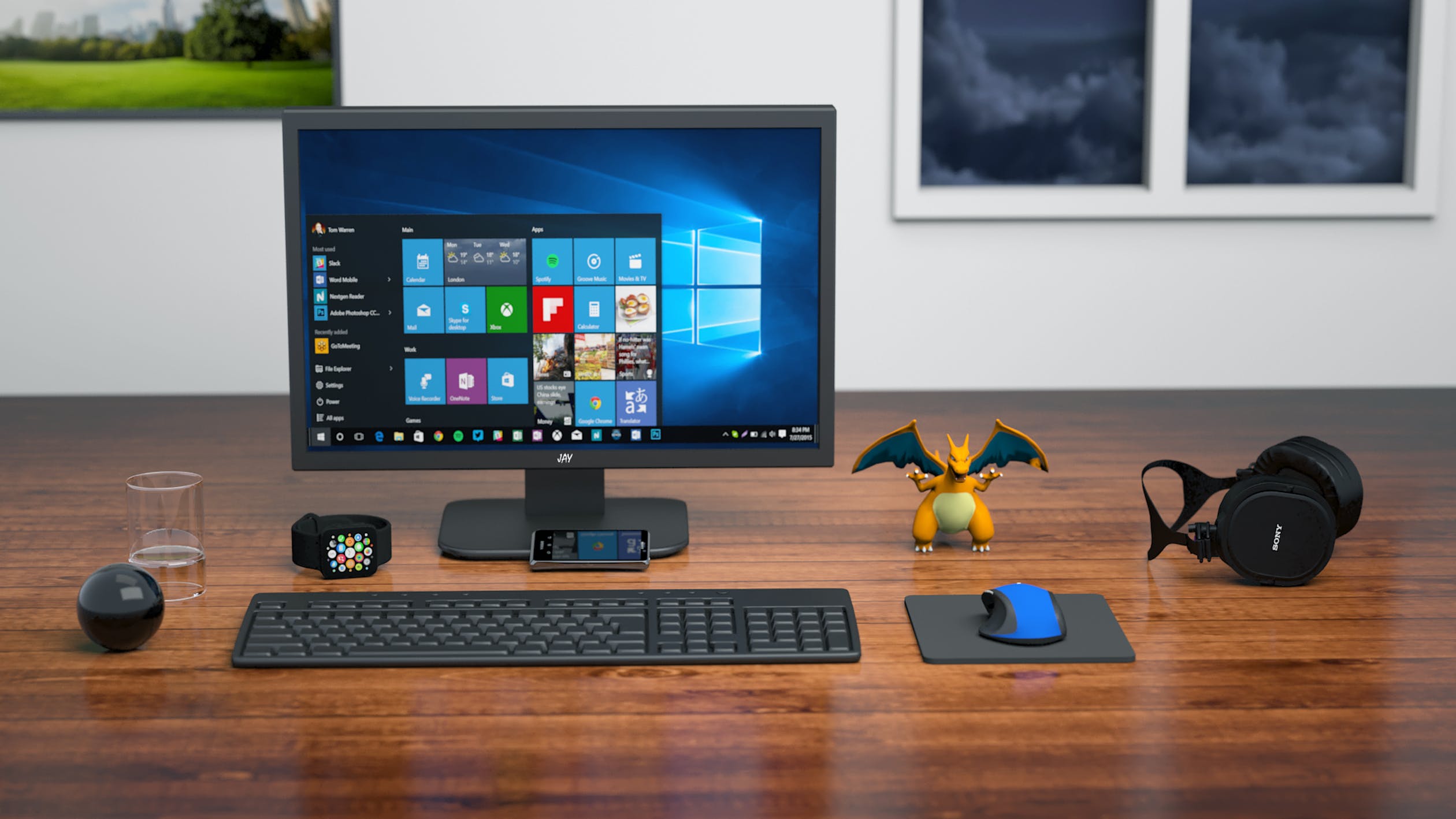Business
After Windows 10, what’s next for PC makers?
Due to Windows 10 upgrades, PC sales during the second quarter of 2018 increased by 1.4 percent, compared to the same period last year.

For the first time in six years, there’s finally a notable increase in PC shipments globally—thanks in part to the Windows 10 upgrade.
According to research firm Gartner, global PC sales finished strong in the second quarter of 2018, and units shipped totaled 62.1 million. That’s a 1.4 percent increase from the same period last year. Gartner based the study on data from the “first quarter of year-over-year global PC shipment growth since the first quarter of 2012.”
The report showed that almost all regions showcased a similar rate in sales growth compared to the second quarter of 2017. But is this enough reason for the PC industry to celebrate? Maybe not.
Gartner’s Mikako Kitagawa stated that the surge in the number of PC units shipped received a boost from the business market’s demands, “which was offset by declining shipments in the consumer segment.” She also said, “In the consumer space, the fundamental market structure, due to changes in PC user behavior, still remains, and continues to impact market growth. Consumers are using their smartphones for even more daily tasks, such as checking social media, calendaring, banking and shopping, which is reducing the need for a consumer PC.”
And here’s another important factor: The growth spurt could be traced to the fact that many companies have now chosen to upgrade to Windows 10, which means that the increase in sales could eventually die down in two years once the said operating system (OS) phases out.
The report also showed the top five brands that enjoyed the second quarter increase: Lenovo, HP, Dell, Apple, and Acer. But it’s not the whole picture. Although they have a positive outlook, the rest of the market is still down by 12.9 percent compared to last year, per VentureBeat.

Acer is one of the five brands that had a good outcome in the second quarter of 2018. (Source)
A 2.7 percent growth
But it’s not just Gartner saying that the PC market might just be on the road to recovery. Even market analysis group International Data Corporation (IDC) is on the same page, reporting a higher yield of 2.7 percent in the second quarter of this year.
According to the report, preliminary results for the said time period indicated shipments of traditional PCs have aggregated to an impressive 62.3 million units. This translated to a growth of 2.7 percent. The data was taken from IDC’s Worldwide Quarterly Personal Computing Device Tracker.
What’s truly impressive is that the results beat the company’s growth forecast of 0.3 percent, and the recent improvement indicates the “strongest year-on-year growth rate in more than six years.”
According to IDC, however, the weak performance of Q2 2017 might have contributed to the growth.
One thing is for sure though: it was the business sector that kept the PC industry afloat, with companies buying mostly desktop and notebook PCs from the top three firms.
Private households, on the other hand, prefer buying smartphones for most of their digital tasks, Insider reported. Even schools now rely more on Chromebooks, Google’s laptops, than PCs when it comes to their students’ school work.
And IDC stated that the PC market action can be attributed not only to companies but also to individuals looking for devices running Chrome OS, premium notebooks, and gaming PCs, of which the latter has been enjoying the following thanks to a number of excellent graphics cards in the market.

-

 Cannabis6 days ago
Cannabis6 days agoRecord-Breaking Mary Jane Fair in Berlin Highlights Cannabis Boom Amid Political Uncertainty
-

 Impact Investing2 weeks ago
Impact Investing2 weeks agoGlobal Gender Gap Progress Slows Amid Persistent Inequality and Emerging Risks
-

 Biotech3 days ago
Biotech3 days agoVytrus Biotech Marks Historic 2024 with Sustainability Milestones and 35% Revenue Growth
-

 Crowdfunding1 week ago
Crowdfunding1 week agoColombia Approves Terrenta’s Crowdfunding Platform for Real Estate Financing
























You must be logged in to post a comment Login